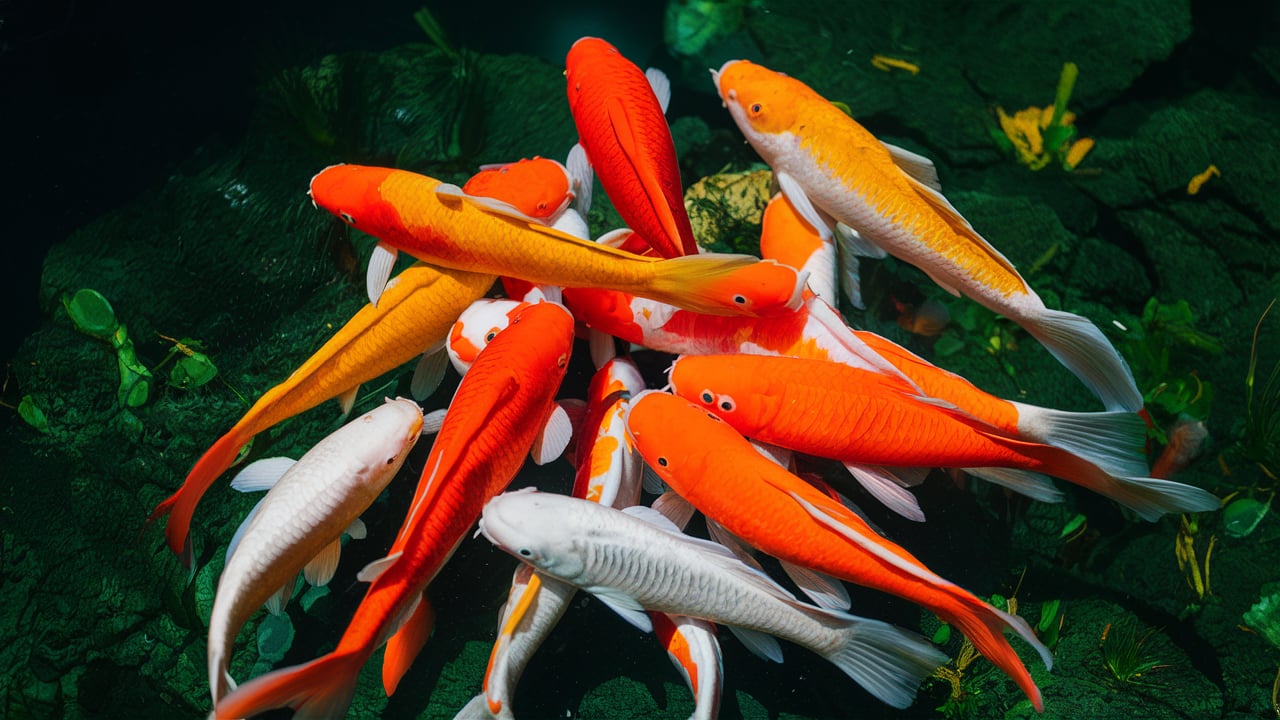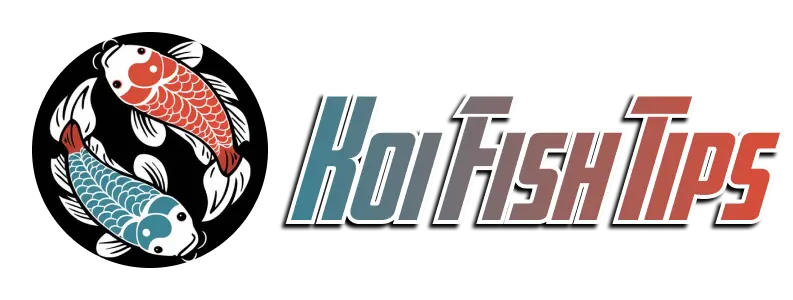One of the most common questions we receive is “How many koi per gallon?” This is a crucial question, as overcrowding can lead to stress, disease, and even death for your beloved fish. In this comprehensive guide, Koi Fish Tips will explore the factors that determine the ideal koi-to-gallon ratio, ensuring your pond remains a healthy and beautiful haven for your koi.
Understanding Koi Density: The Key to a Healthy Pond
The Importance of Space
Koi, like all living creatures, require adequate space to thrive. Overcrowding leads to:
- Increased Competition: Koi compete for food, oxygen, and territory, leading to stress and aggression.
- Poor Water Quality: Waste from koi accumulates faster in a crowded pond, leading to ammonia and nitrite buildup, which can be fatal.
- Disease Transmission: Close proximity increases the risk of disease transmission, particularly among stressed fish.
The “One Inch Per Gallon” Rule: A Starting Point
A common guideline is the “one inch per gallon” rule. This means for every inch of koi length, you should have at least one gallon of water. However, this rule is a simplified starting point and doesn’t account for several crucial factors:
- Koi Growth: Koi are known for their impressive growth potential. The “one inch per gallon” rule should be applied to the expected size of your koi, not their current size.
- Pond Shape and Depth: A deep, well-oxygenated pond can accommodate more koi than a shallow, stagnant one.
- Filtration System: A robust filtration system can handle a higher koi density.
- Water Changes: Regular water changes are essential, especially in a crowded pond, to maintain water quality.
How Many Koi Per Gallon?
A common rule of thumb is to allow one gallon of water per inch of koi length. This means if you have a koi that is 10 inches long, you would need at least 10 gallons of water for it.
Keep in mind that this is just a starting point, and the actual number of koi you can fit in your pond will depend on several factors, including the size of your pond, the type of filtration system you have, and the growth potential of your koi.

Factors Affecting Koi Density: A Deeper Dive
Koi Size and Growth
- Juvenile Koi: Young koi require less space than adults. However, it’s important to consider their growth potential and plan for future needs.
- Adult Koi: Adult koi can reach impressive sizes, with some varieties exceeding 3 feet in length. Plan your pond accordingly.
- Growth Rate: Koi growth rate is influenced by factors like genetics, diet, and water temperature. Consult with a koi expert to estimate the potential size of your koi.
Pond Design and Filtration
- Pond Shape: A rectangular pond with a large surface area provides more oxygenation than a round pond.
- Pond Depth: A deeper pond offers more water volume and better temperature stability.
- Filtration System: A robust filtration system is crucial for maintaining water quality in a crowded pond. Consider a multi-stage filtration system with biological, mechanical, and UV components.
Water Quality and Maintenanc
- Water Changes: Regular water changes are essential for removing waste and maintaining water quality. The frequency of water changes depends on the pond size, koi density, and filtration system.
- Water Testing: Regularly test your pond water for ammonia, nitrite, nitrate, and pH levels. Adjust water parameters as needed to ensure optimal conditions for your koi.
Determining the Right Koi Density for Your Pond
Assess Your Pond
- Measure the volume: Calculate the volume of your pond in gallons. Consider the depth, width, and length.
- Evaluate the filtration: Assess the capacity and efficiency of your filtration system.
- Consider the shape and depth: Factor in the pond’s shape and depth for optimal oxygenation and temperature stability.
Estimate Koi Size
- Consider the variety: Different koi varieties have different growth potential. Research the expected size of your chosen koi.
- Account for future growth: Plan for the future size of your koi, not just their current size.
Calculate the Ideal Koi Density
- Start with the “one inch per gallon” rule: Use this as a starting point, but adjust based on other factors.
- Factor in your pond’s characteristics: Consider the size, shape, depth, and filtration system.
- Consult with a koi expert: Seek professional advice for personalized recommendations.
Frequently Asked Questions
What is the best way to introduce new koi to my pond?
Introduce new koi gradually to minimize stress. First, quarantine them in a separate tank for a few weeks to observe their health and behavior. Then, slowly acclimate them to the pond water by gradually adding pond water to their quarantine tank over several hours. Finally, release them into the pond at dusk or dawn, when they are less active.
How often should I change the water in my koi pond?
The frequency of water changes depends on the pond size, koi density, and filtration system. As a general guideline, aim for a 10-20% water change every week or two. You may need to change water more frequently in a crowded pond or if you notice signs of poor water quality.
Conclusion
By carefully considering the factors discussed above, you can create a healthy and thriving koi pond environment. Remember, the goal is to provide your koi with ample space, clean water, and a balanced ecosystem. With proper planning and maintenance, your pond will be a source of beauty and enjoyment for years to come

Bài viết liên quan
Shrimp Tank Mates: Creating A Harmonious Underwater Ecosystem
Embarking on the exciting journey of shrimp keeping often involves creating a thriving and harmonious [...]
Jul
Koi Pond Upkeep: A Guide For Creating A Serene Oasis
Koi pond upkeep is a crucial aspect of owning these aquatic jewels, ensuring their longevity [...]
Jul